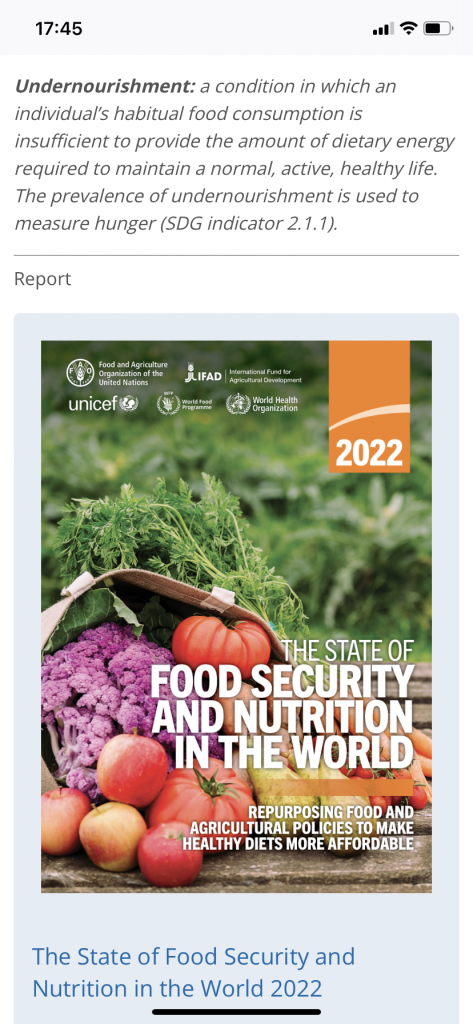In 2025 it about time to evaluate the medium term impact of the Covid-19 crisis in Europe and world. The various lockdowns caused unexpected “spare time” or time in isolation. Some otherwise very busy persons embarked on literary projects during these months. Most of the outcomes have now been published. Most authors would not label their writings as “Covid literature”, since they do not deal with the Covid pandemic in any sense. However, only due to the additional time resources, and maybe writing as a creative coping mechanism, some persons became and dared to become authors eventually.
For some isolation from the usual work context was a lonesome experience, others realized literary projects. Camille Paulhan (edition Sombres Torrents) for example used freed up time to write “Couper à travers les ronces” published in 2021. Her short stories, like narrative clips, range from introspection to memorable encounters with art works and artists. As an expert on “perishable art” Camille Paulhan is particularly sensitive to the “fleeting moments” of encounters and maybe of life itself. The Covid-pandemic has certainly reminded us on the increased risks to our existence during a pandemic. The literature originating during these months and years might reveal specific virtues only ex post.
You might still be able to buy a copy at the publisher. The bookshop and gallery Yvon Lambert (online retrieved on 2025-1-20) says sold out, but shows several pages online. Although books may become a perishable product, some copies will survive due to the efforts of fans of perishable art and moments. 
Hunger
The UN strategic development goals (SDGs) list after the eradication of hunger as number 2 no hunger by the year 2030. Following the report of FAO, the UN 🇺🇳 organization in charge of nutrition in a larger sense, the world is moving further away from reaching this goal in the 4 last years. The Covid-19 pandemic had disrupted supply chains and caused higher prices for basic ingredients. The poorest countries were most vulnerable to such price increases when even in the rich world government deficits were rising sharply. Before sufficient relief arrived Russia’s war in Ukraine destroyed crops, interrupted again supply chains from Ukraine to many of the poorest nations. Energy prices are a substantial part in the production of fertilizers for agricultural products. Same story Russia disrupted the whole supply chains for food production at affordable prices for the poorest parts of the world. Additionally, Indian food production was lower due to the drought, Pakistan had extreme flooding. Both countries are important export nations for feeding the world. Continuing climate change is likely to put global food production under additional pressure. Price rises will hit the poorest again and again. Feeding animals with crops that could otherwise alleviate hunger in other parts of the world puts the rich world’s consumption patterns also into the spotlight. Fighting global hunger is largely a question of how wealthy nations deal with nutrition. The struggle to fight obesity and hunger under the joint concern of malnutrition unites all parts of the world. Time to act together on both topics.


